Welcome, on this page, you can find a variety of project-based temporary employment contracts that you can download for free. Whether you’re an employer seeking to hire temporary staff or an employee looking for clear terms for your temporary job, we’ve got you covered.
Temporary employment is pretty common these days, providing flexibility for both employers and employees. But it’s important to have a clear and legally solid agreement in place to make sure everyone’s interests are protected. That’s where our collection of free, ready-to-use contract templates comes into play.
We’re here to make the process of creating such contracts super easy for you, whether you’re a small business or an individual looking for short-term work. That’s why we’ve gathered a bunch of professionally made, customizable contract templates that will save you time and effort.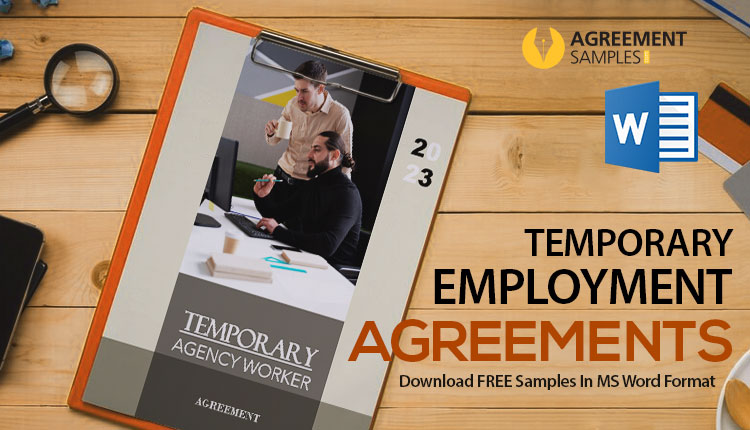
So, whether you need a contract for a freelance web designer, a seasonal worker, or you’re an employee taking on a temporary gig, we’ve got a template that suits your needs. Whether you’re an employer or an employee, you can download these templates, formatted in Microsoft Word, and customize them to match your specific requirements.
Think of it as a roadmap for both the employer and employee to make sure they’re on the same page while working together temporarily.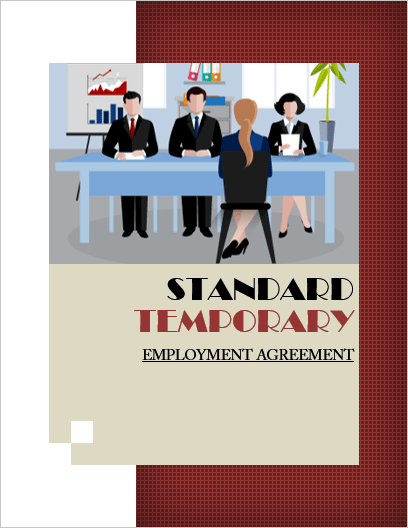

It spells out how long the temporary part lasts, what the person needs to do to make it permanent, and what the job involves.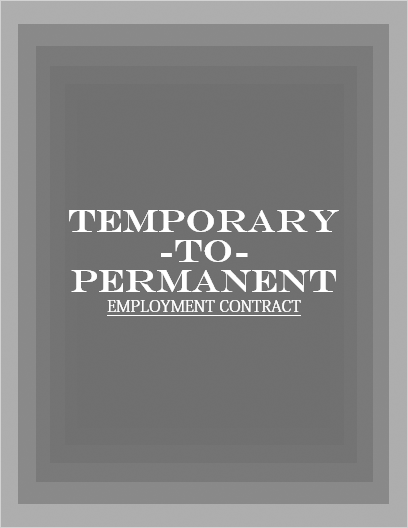

It’s like a roadmap to make sure everyone is on the same page during these seasonal jobs, keeping things fair and straightforward.

Think of it as a road map to make sure everyone is on the same page for the duration of the project, making everything clear and professional.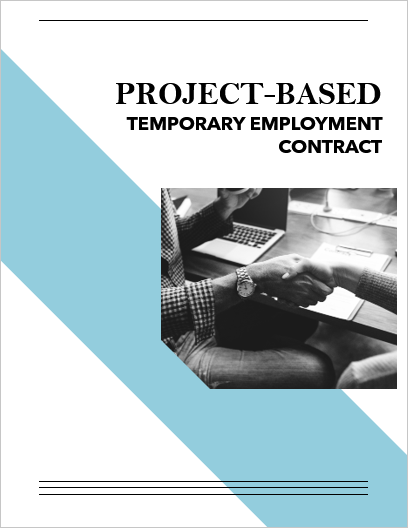

An Agreement for Temporary Services is a formal contract establishing the terms and conditions for a self-employed individual or business to temporarily provide specific services.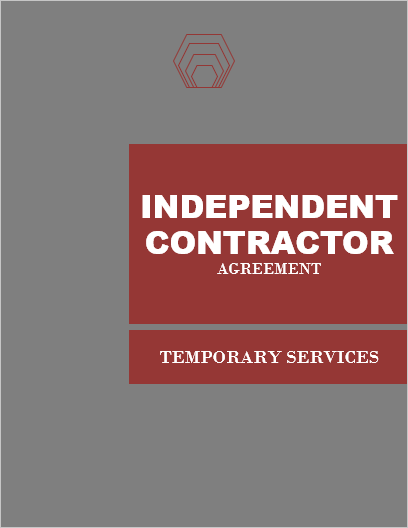

This agreement also talks about keeping work stuff secret, what to do if the job ends early, and which rules and laws everyone has to follow.


It’s a way for both the host organization and the intern to make sure they’re on the same page during the internship, keeping things clear and fair for everyone involved.

This agreement also talks about keeping work stuff private, what to do if the job ends early, and which rules and laws apply.

It’s like a roadmap for both the employer and the remote worker to be on the same page during this temporary remote work setup, making everything clear and professional.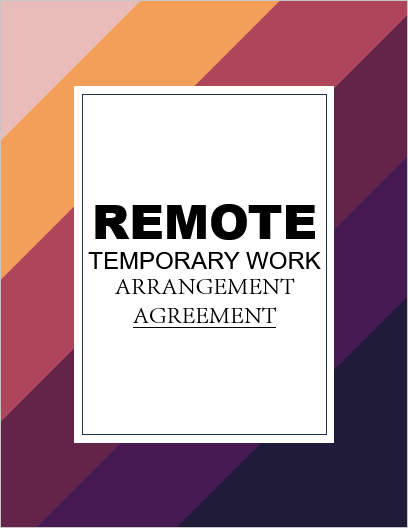

This contract also talks about keeping work stuff hush-hush, what happens if your temporary job wraps up early, and which rules you need to follow.

It spells out how long you’ll be working, what your job involves, how much you’ll get paid when you work, and if there are any extra construction perks.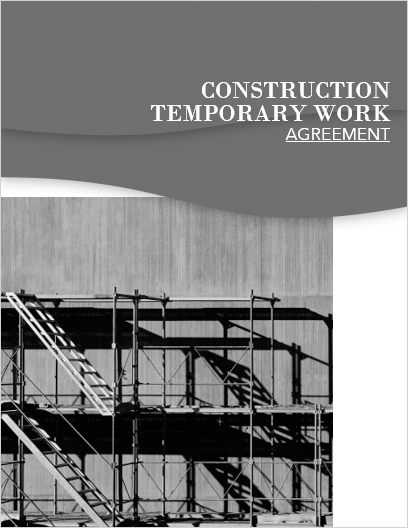

This agreement also talks about keeping work-related stuff private, what to do if the temporary job ends early, and which rules and laws everyone should follow.


This is like a versatile seasoning in the employment world’s spice rack. It’s the secret ingredient that can add a special kick to various professional recipes. But what exactly is temporary employment, and why does it matter?
Temporary employment is akin to a short-term job adventure. It’s a working relationship where an employer brings someone on board for a limited period. Picture it like hiring a chef for a one-time gourmet dinner party – you need culinary expertise, but only for that special occasion.
Now, let’s explore why this is such a tasty treat for both employers and employees:
Now, about the importance of clear contracts in these flavorful arrangements:
Imagine you’re baking a complex cake. Your recipe – the contract – needs to be crystal clear. Here’s why:
In a world where temporary employment is becoming more common, a well-crafted contract is the essential recipe for a successful, harmonious, and productive work arrangement. It’s the icing on the cake, making sure everyone gets a delicious, delightful slice of the employment pie.
Creating a temporary employment contract is a bit like crafting a unique piece of art; it requires a dash of creativity and a good dose of practicality. Here’s your step-by-step guide to using our downloadable templates and personalizing them for your specific needs:
Just like picking the right canvas, the first step is to choose the template that best suits your needs. Consider the type of work, the duration of the job, and any industry-specific requirements.
Once you’ve found the perfect template, click the download button. It’s like grabbing your canvas and paints – the blank slate for your masterpiece.
Take a few moments to familiarize yourself with the template. Read through it carefully, much like you’d study the contours of a canvas before starting your painting.
Now, it’s time to add your personal touch. Here’s what you can customize:
Depending on your unique situation, consider adding special clauses. For instance:
Once you’ve customized your template, review it carefully. Just like any piece of art, it’s essential to stand back and take a good look. Edit any errors or inconsistencies.
If you’re unsure about any legal aspects or the specifics of your contract, it’s like getting an art critic’s opinion. You might consider consulting with a legal professional to ensure everything is in order.
Once you’re satisfied with your masterpiece – I mean, your contract – it’s time for both parties to sign it. This makes it legally binding, much like signing a work of art to confirm its authenticity.
And there you have it! Your customized temporary employment contract is ready to go, tailored to your unique needs and project requirements. Just remember, much like a painting, each contract is a work of art in its own right, reflecting the nuances of a particular job and partnership.
In a temporary employment arrangement, like a well-orchestrated dance, employers and employees have distinct roles and expectations. Let’s outline the rights and responsibilities of each party in this unique partnership:
Rights:
Responsibilities:
Rights:
Responsibilities:
In a temporary employment arrangement, both employers and employees must respect each other’s rights and fulfill their respective responsibilities. This ensures a productive and positive working relationship during the temporary employment contract. Much like a harmonious dance, when everyone follows the steps, the performance is sure to be will surely